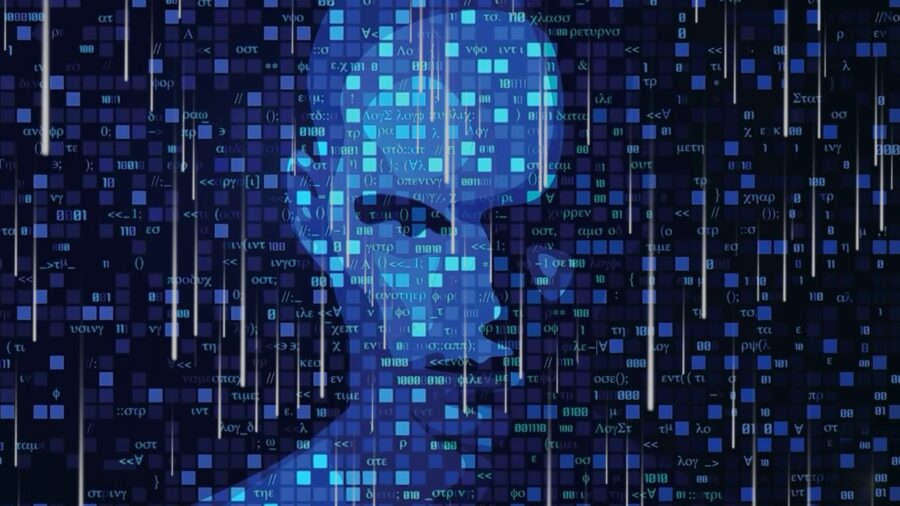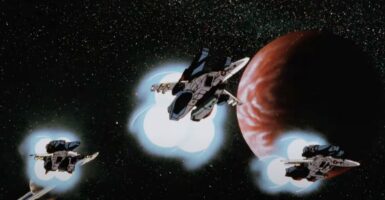ChatGPT’s Next Generation Is Already Here And It’s Far More Advanced Than You Expect
ChatGPT-4 has secretly been powering Microsoft's Bing search engine for months, capable of understanding images and text.

Months after OpenAI accelerated society into the future with the release of ChatGPT, the company is back with ChatGPT-4, an even more advanced AI tool available to the general public. The Verge reports that the next generation of AI software is far more advanced and is capable of responding to images in addition to text. While the additions may not be the dramatic leap forward that supporters hoped for, it’s still a dramatic improvement over the already impressive ChatGPT-3, and according to Microsoft, anyone that’s used Bing in the last three months has already experienced the upgraded software.
Proponents of AI language-learning software hoped that ChatGPT-4 would be multi-modal and capable of parsing video, audio, and text. While that is still beyond the program’s capabilities, technically, it is multi-modal as now it can understand images. Input a meme into the prompt box, and within a few seconds, the AI will respond with a breakdown of what the meme is, what the image means, and what point it is trying to communicate.
For example, putting an image of Chris Evans‘ Captain America with the caption “I understood that reference” will bring back explanatory text on how it’s Captain America, played by Chris Evans, commenting on how he’s old and out of touch. The added functionality is locked behind the $ 20-a-month subscription service for ChatGPT Plus for the general public, though some companies, including language-learning app Duolingo, online education provider Khan Academy, and payment processor Stripe, are already using the new model.
Though Microsoft has claimed that ChatGPT-4 is powering Bing, and has been for months, that points to possible problems with the program. Not long ago, Bing’s AI attacked users, issued a death threat to an engineering student, and developed a supervillain alter-ego called “Venom.” OpenAI insists that they installed guardrails to ensure the new system is safe, making it less likely to produce misinformation and insult users.

And yet, over the last few months, creative users broke Bing’s AI, the same ChatGPT-4 upgrade, to produce fun and terrifying results. OpenAI issued a statement quantifying the improvements, saying it is now “82 percent less likely to respond to requests for disallowed content and 40 percent more likely to produce factual responses than GPT-3.5.” Users utilizing the program to assist with writing code, composing college papers, selling children’s books on Amazon, or developing headline ideas for their blog may not even notice the enhanced functionality.
We’re already at the point of developing AI programs where new iterations capable of amazing leaps in machine learning and understanding could be considered disappointing. Five years ago, the thought of feeding a meme or a picture into a textbox and receiving multiple paragraphs of description was science-fiction. Today, users willing to pay $20 for the privilege can find out from ChatGPT-4 why the little kid is pumping his fist and what movie the “guy pointing to his head” image came from.
ChatGPT-4 is leap years beyond ChatGPT-3, which was so impressive that its impact can still not be fully understood, and now just a few months later, the latest iteration is even more powerful. Where will we be in a year? Five? Ten?
The AI genie can not be stuffed back into the bottle, and we, as a society, will continue to learn how to live with our machine overlords.












